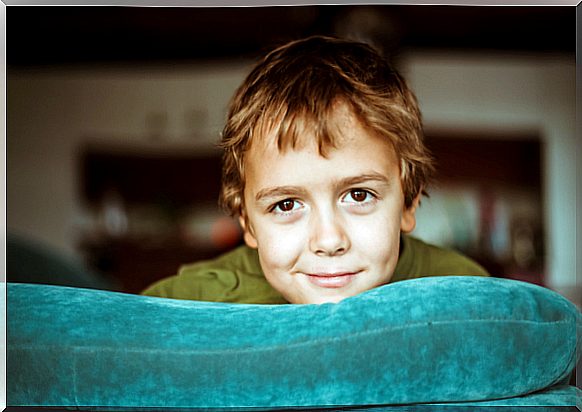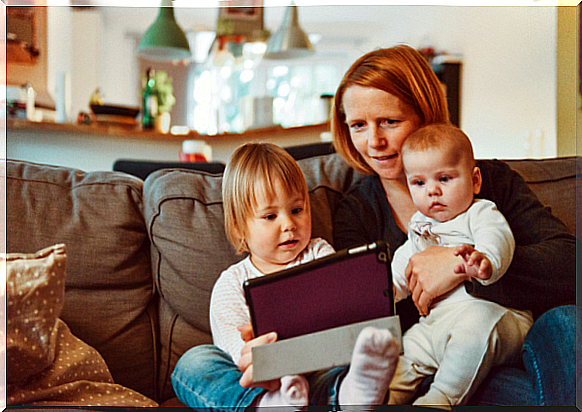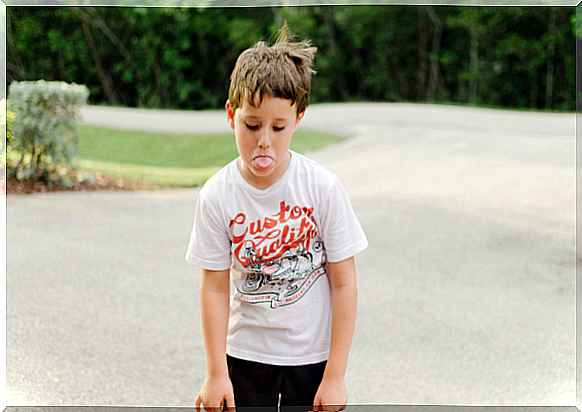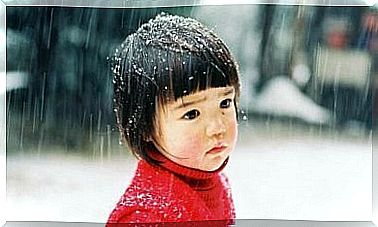Three Behavioral Techniques For Parenting

Tantrums, crying, yelling, screeching, biting, hitting… When it comes to parenting, sometimes we don’t know how to stop inappropriate behavior. But parenting behavioral techniques can help us manage these and other behavioral problems.
They will also help us encourage what we consider appropriate behavior. As you can imagine, it will take some effort on our part, but once it’s set in motion, we’ll see remarkable results… Read on for helpful behavioral techniques you can use with your kids!
Parenting Behavioral Techniques: Reinforcement
The behavioral techniques we will see are divided into three groups: reinforcement, punishment and extinction. These can cause certain behavior to increase, remain the same, decrease or disappear. Reinforcement is the response that is likely to cause the child to continue doing a certain behavior or to do it more often.
Reinforcement can be positive or negative. The first would be a stimulus that occurs immediately after the behavior we want to maintain or improve. For example, if we tell a child that they have done something right after they have cleaned up their toys, we can be sure that the next day they are more likely to do it again.
On the other hand, there can also be negative reinforcement. This would mean taking something negative from the child once it has done what we want it to do. Practically speaking, it can be annoying for a small child that his mother is angry with him. But if the mother gets really angry when the child apologizes, she will encourage him to apologize more often when he notices that his mother is upset.

Parenting Behavioral Techniques: Punishment
Just as reinforcement will help us encourage desirable behaviors, we can use disciplinary techniques to reduce other behaviors. These include punishment and extinction. These behavioral techniques should be used immediately after the actions we want to change.
Punishment can also be both positive and negative. Positive punishment means showing the child something unpleasant after doing something we think is inappropriate. When someone in the family punitively addresses the child after the child has been naughty, he is using the technique.
Negative punishment, on the other hand, is to deprive the child of something they want after doing something we want it to stop. An example would be to put the child aside for two minutes after hitting another child or causing a conflict.

Behavioral Techniques for Parenting: Extinction
Some parents have seen that punishment doesn’t really work when it comes to eliminating certain behaviors. In fact, it can even have the opposite effect, by encouraging it. It’s okay, that happens sometimes. Why? Because punishment can act as positive reinforcement for the child.
But how come? It turns out that this slightly angry way of talking doesn’t always act as a repulsive stimulus to the child, but rather as an attractive one. We can explain this as follows: the child can notice that it is now getting attention from the parents.
It turns out that social attention is one of the strongest positive reinforcements out there, both for children and adults. Thus, the child sees that the more he behaves in a certain way, the more attention he gets from his parents. The technique we need to apply here is extinction.
Extinction consists of suppressing the reinforcement of previously reinforced behavior. That is, if the child pulls a prank, we should pretend that nothing happened. In other words, we draw attention back, a positive reinforcement. This means we keep doing what we did without saying anything. That way, the child stops that behavior. Interesting, isn’t it? Try it!
Images courtesy of Zivile & Arunas, Alexander Dummer, and Hunter Johnson.









